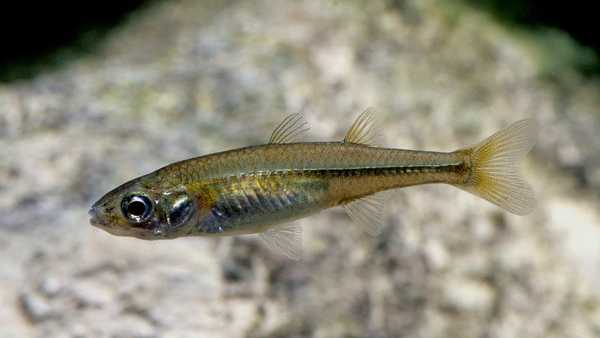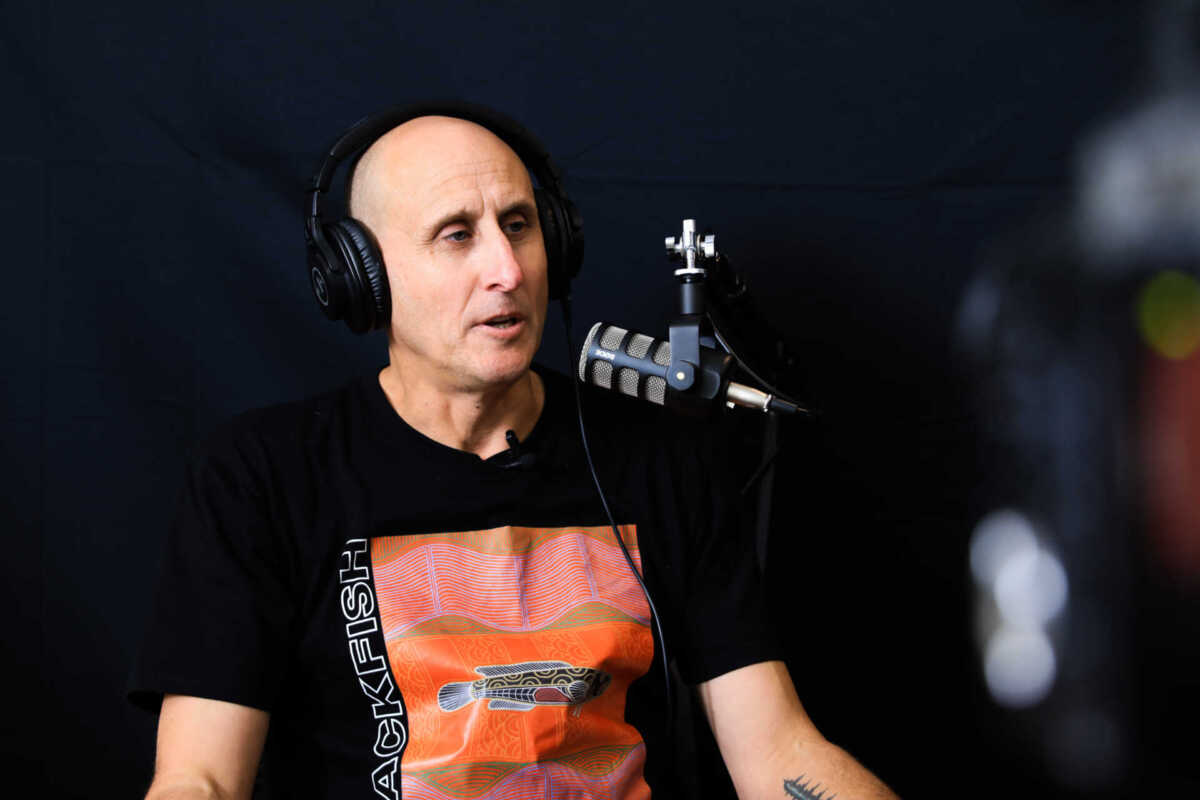The remarkable resilience of the Murray Hardyhead

The Murray hardyhead has lived up to its name by making a remarkable comeback from the brink of extinction, but its future is still clouded.
Iain Ellis is an ecologist and fisheries manager who has led native fish recovery programs over the past 20 years which have helped ensure the critically endangered Murray hardyhead Craterocephalus fluviatilis is winning its battle for survival.
Mr Ellis, who has been the Native Fish Recovery Strategy Coordinator for the Lower Darling – Baaka Reach since 2019, took a look below the surface for OzCast, the official podcast of OzFish Unlimited, Australia’s fishing conservation charity, to detail how this species has shown extraordinary resilience despite encountering many obstacles.
The small-bodied fish is often mistaken for southern smelts or eastern gambusia, and grow to about 76mm in length and only live for a maximum of 18 months with adults perishing soon after spawning.
Murray hardyhead used to be widespread in the Murray and Murrumbidgee river systems in southern NSW and northern Victoria but have suffered a major decline.
A floodplain species, they have over time adapted to live in habitats outside the main channel in the backwaters and wetlands of the Murray-Darling Basin.
“They’re really interesting because they’re super salt tolerant,” Mr Ellis said.
“They were living way out on the fringes of the floodplain where groundwater was coming up and you can get salinity levels in the Murray-Darling Basin that are twice as salty or more as the ocean.
“The salt comes up from the groundwater and it concentrates. Then the water evaporates away and more comes up. It gets saltier and saltier.
“Murray hardyhead don’t necessarily like it but they can tolerate it so when there’s a big drought, historically, they are the only ones who are living in these nasty pieces of brackish, brown water, thriving. It’s full of mosquitoes and larvae and they’re gobbing them down.”
Getting these conditions naturally are dependent on a variable flow regime that keeps enough water in those places where they don’t dry up completely.
“You need a flood every 3-5 years at least but also doesn’t flood so often that you’re super fresh like a typical billabong.”
If you’re a Murray hardyhead that lives downstream from a regional major centre like Mildura that has a weir, flows are not high enough for them and if you live upstream, the billabong is permanently connected now and it’s full of carp and other fish.
Murray hardyhead have persisted in a few pockets away from their traditional breeding grounds but they have far fewer options than before irrigation measures disrupted the natural flow of the Basin.
Mr Ellis said researchers have used the Murray hardyhead’s sturdiness in salty conditions to help it outlast invasive species in certain areas.
“They are bloody hardy,” he explained.
“We actually use that in managing them. We have established populations, but in floods carp will get in there. We can let it get salty enough via evaporation so that all the carp die. A month later, the Murray hardyhead will go berserk and there’ll be millions of them.”
One of the success stories in the Murray hardyhead’s comeback was a relocation project where 800 fish were relocated from South Australia to a 3km wetland in western NSW. After a flooding event, the population of the threatened species in the area quickly grew to hundreds of thousands.
OzFish has been leading the way to help this species with an extensive project in the Sunraysia region in Victoria leading to the planting of more than 2000 native trees and aquatic vegetation along with more than 60 environmentally friendly ‘fish motels’ and rocky reef to restore natural habitat for the Murray hardyhead.
For the average rec fisher who may not think the Murray hardyhead are that important because they’re not a fish big enough to be recreationally caught. They should know that they keep mosquito numbers down at the very least but are also an indicator of an area’s environmental health.
“They’re the canary in the coalmine,” Mr Ellis added.
He said if the Murray hardyhead disappear then other threatened species like the pygmy perch will follow then what we’ll find is, all of a sudden, bream are not around.
“The more you let it get out of control, it’s a slippery slope.”




